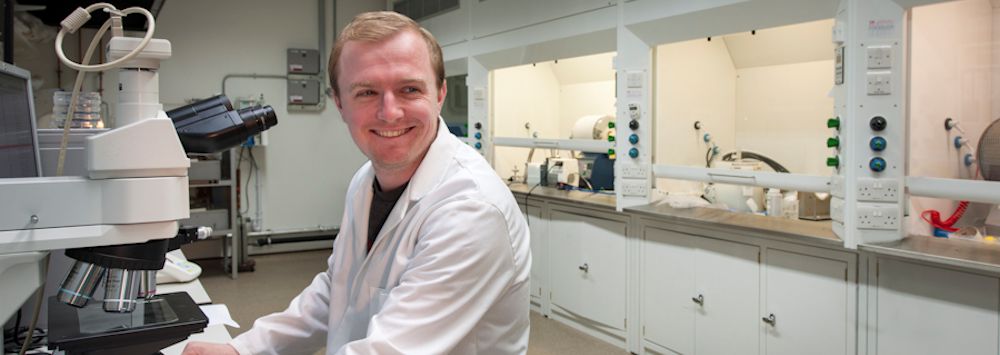The reasons for this need are manifold and include limited supplies of fossil fuel, and the aim to reduce green house gas emissions. While any future green energy mix most likely will have contributions from a number of different renewable sources, our research focusses on solar fuels, photovoltaics, thermophotovoltaics, and related materials.
| Dr Vin Dhanak | Department of Physics, Stephenson Institute for Renewable Energy |
| Prof Ken Durose | Department of Physics, Stephenson Institute for Renewable Energy |
| Dr Frank Jaeckel | Department of Physics, Stephenson Institute for Renewable Energy |
| Dr Tim Veal | Department of Physics, Stephenson Institute for Renewable Energy |

Nanomaterials for Solar Energy Conversion
Nanomaterials offer widely tuneable optical and electronic properties that can be exploited for energy conversion.
Read more...

Semiconductor Material Physics
Our research in this area focusses on the growth, characterisation and modelling of the optical, electrical, structural, doping, defect and band structure properties of novel semiconductors.
Read more...
Back to: Department of Physics
